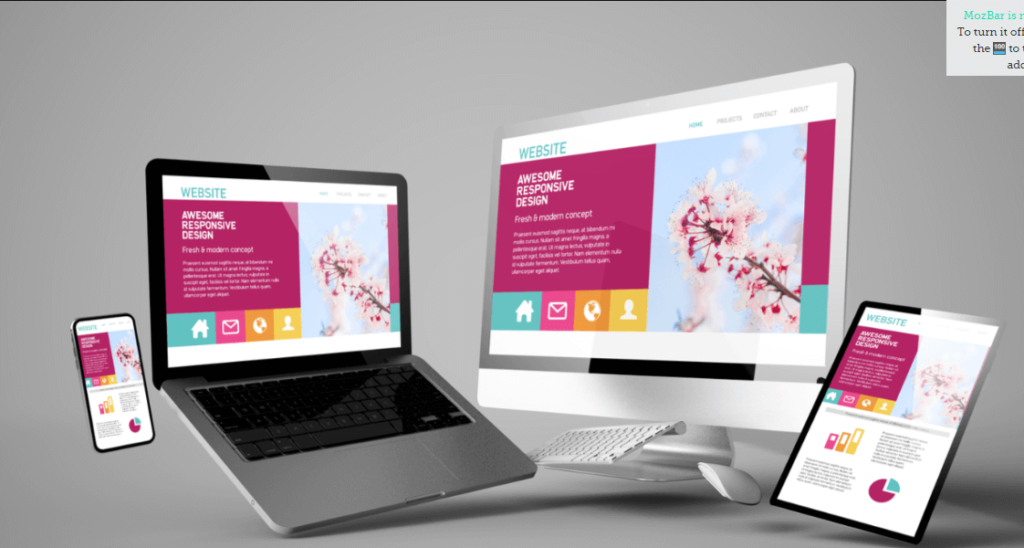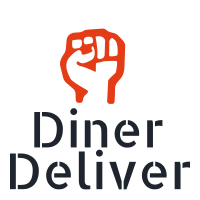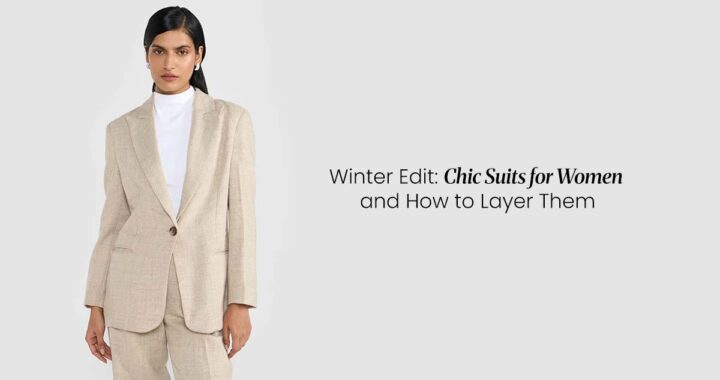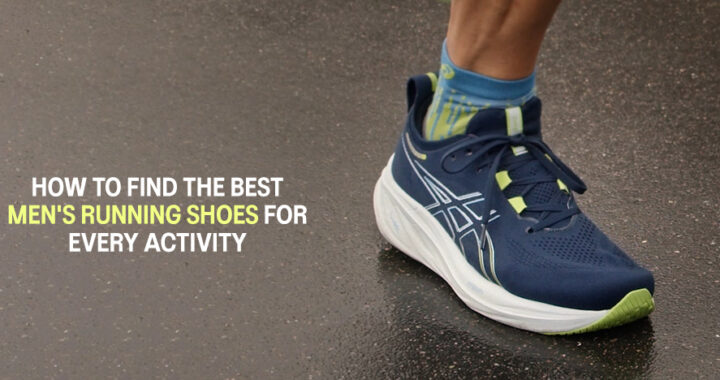Why Minimalism in Website Design Is (Almost Always) a Good Idea

Minimalism has been a whole movement for a while now. People are sometimes pushed to embrace it out of necessity, the most recent example being this pandemic. Some people will keep it for good, some will leave it for good. Minimalism, in general, doesn’t mean being frugal on things for the sake of saving money, it means having only what we truly need and intentionally want to have in our lives, therefore saving space, money, and our energy for things other than material.
A good minimalist work resembles a good piece of writing, where a general rule of thumb is something like: subtract anything that doesn’t add up.
How does this life philosophy translate to web design?
Why “Less Is More” Is Important
Aside from being very popular among designers and clients, this artistic approach of having fewer and simpler elements offers a lot of benefits. For one, it focuses on the users and makes it easier for them to finish their action quicker. It could also mean that the conversion rate is almost a done deal. A money-making vehicle, so to speak.
So, rather than just being beautiful, minimalism has other plus sides, as well:
- It’s classic, therefore it’s here to stay;
- Regarding responsiveness, minimalist websites are easier to make;
- Loading is quicker due to sparse elements;
- It’s also easier for less tech-savvy users to navigate through it for it is instinctive;
- Why not reiterate this: more focused clients are quicker to decide to buy your product.
The Principles Behind Minimalism for the Web
One word: simplicity. Or rather: simplify. How do you achieve that? Keep asking yourself if it is necessary and why. “It” being all the elements in the making. Want to build a fast website on a managed cloud hosting platform? Then Cloudways is the way to go. Check out this Cloudways review by Woblogger.com and get started.
In the end, the final product you are going after is an interface with:
- Hidden (almost) everything
- Most likely one color, or three-tops
- Whitespace. Everywhere
- Great…no, wait…extraordinary typography
- Nothing in excess (buttons, colors, images, etc.)
Nevertheless, even though it’s pretty easy to make minimalist websites, designers need to pay attention to the two possible traps: it may be user-unfriendly, and look rather incomplete. That’s why they need to think about all the steps carefully.
Keys to Unlock Minimalism
- The above-mentioned whitespace (or negative space). It is what (doesn’t) exist on a page layout and gives happy jiggly dance to designers and worry the clients because some think it’s a waste not to fill up the page to the max. When, in fact, cluttering a page is counterproductive, because a) people are readier to perform an action when less distracted, and b) it’s much easier to understand the content (what’s strategically left, that is) when it’s neater and easier to follow, so they eventually continue to scroll. Quite ubiquitous, but absolutely necessary.
- Typography rules! I promise you, if you find a fantastic font, the rest can be just a huge ocean of whitespace, it’ll still rock. That’s how vital it is. Plus, by changing the size, you tell the visitors what to do and what’s important. Letters have a huge impact on people’s awareness, it’s kind of an investment in your business, no matter if your website is minimalist or not. If you need help with any of these, head over to the web design company Houston, they’ll know how to max up your online business presence. Either way, a lot of designers prefer Sans Serif. Do you have a favorite font?
- Strategic use of colors. Not all over the place. Glaring, why not, but then use just one color. You don’t want to give visitors a headache, right? Yellow is a good pick.
- Simplify, again. No funky animations, crazy fonts, a lot of texture, et al.
- Divide the text into meaningful blocks. It’s somewhat connected to whitespace because it achieves the same results: clarity and easiness, a better comprehension of what’s written. Group information logically, but don’t overload the page. Five chunks are optimal.
- Strategic navigation: hide what you must, position what remains masterfully, yet make it user-friendly and logical, intuitive. Including most of the links in the menu, the section does sound logical.
- Over-the-top quality imagery that should represent the gist of your business.
- Details, it’s what distinguishes perfect produce from the average. These, however, don’t have to be functional, they might as well be just for decorative purposes. Just make sure they don’t become an obstacle.
Conclusion
Minimalist means artfully devoid of the unnecessary excess, with the smooth and effortless user experience in mind. It’s aesthetic, yes, but smart and strategic.
Yet, no style is an excuse for the lack of value. After all, it’s the value the website brings to the client, and the problem it solves for their business that counts.
Minimalist is just one way of delivering it. A beautiful approach, indeed.
…
Author Byline: Liam Collins is a tech pundit and Web enthusiast working at TuiSpace.com. He spends most of his time reading and writing about the current affairs in the world of information technology. When he isn’t working, he likes going for long bike rides and walks in nature.

 Understanding the Difference Between Prime and Standby Generators
Understanding the Difference Between Prime and Standby Generators  Australia Virtual Number: A Smarter Way to Connect with Customers
Australia Virtual Number: A Smarter Way to Connect with Customers  The Power of AI Call Tracking Software in Modern Business
The Power of AI Call Tracking Software in Modern Business  Pay Per Call Routing: Driving Smarter Conversions for Businesses
Pay Per Call Routing: Driving Smarter Conversions for Businesses  Revolutionizing Small Business Customer Support in India: A Guide to Top Customer Support Software
Revolutionizing Small Business Customer Support in India: A Guide to Top Customer Support Software  Maximizing User Experience: Innovative Mobile App Design Strategies
Maximizing User Experience: Innovative Mobile App Design Strategies  Wafid Medical Centres Near Me: Updated GAMCA Clinic List for India (2025 Guide)
Wafid Medical Centres Near Me: Updated GAMCA Clinic List for India (2025 Guide)  Mastering Mandarin in the North: Your Trusted Tuition Centre in Woodlands
Mastering Mandarin in the North: Your Trusted Tuition Centre in Woodlands  Winter Edit: Chic Suits for Women and How to Layer Them
Winter Edit: Chic Suits for Women and How to Layer Them  How To Find The Best Men’s Running Shoes For Every Activity
How To Find The Best Men’s Running Shoes For Every Activity